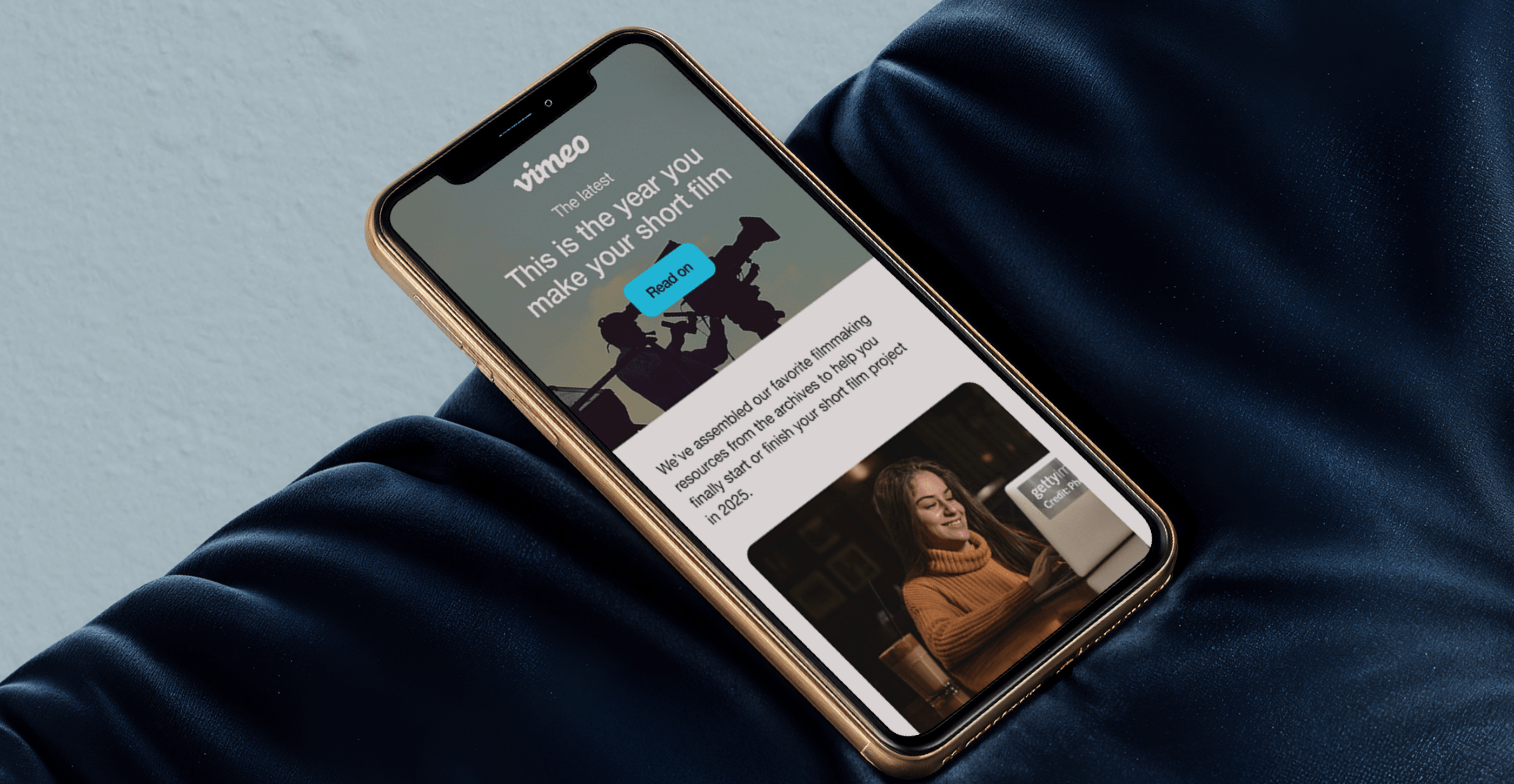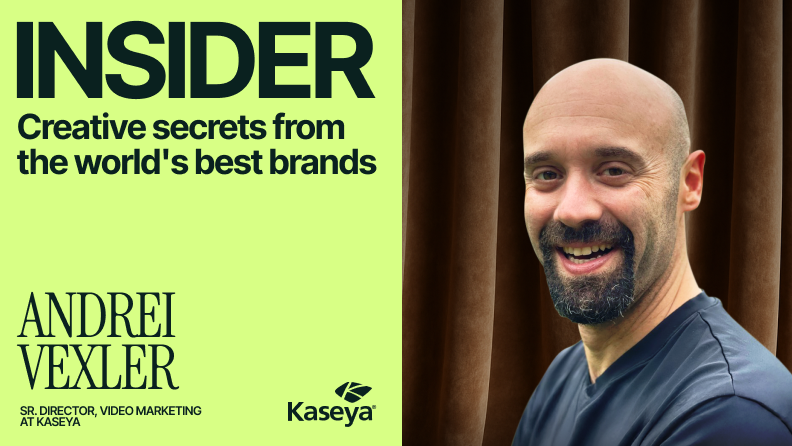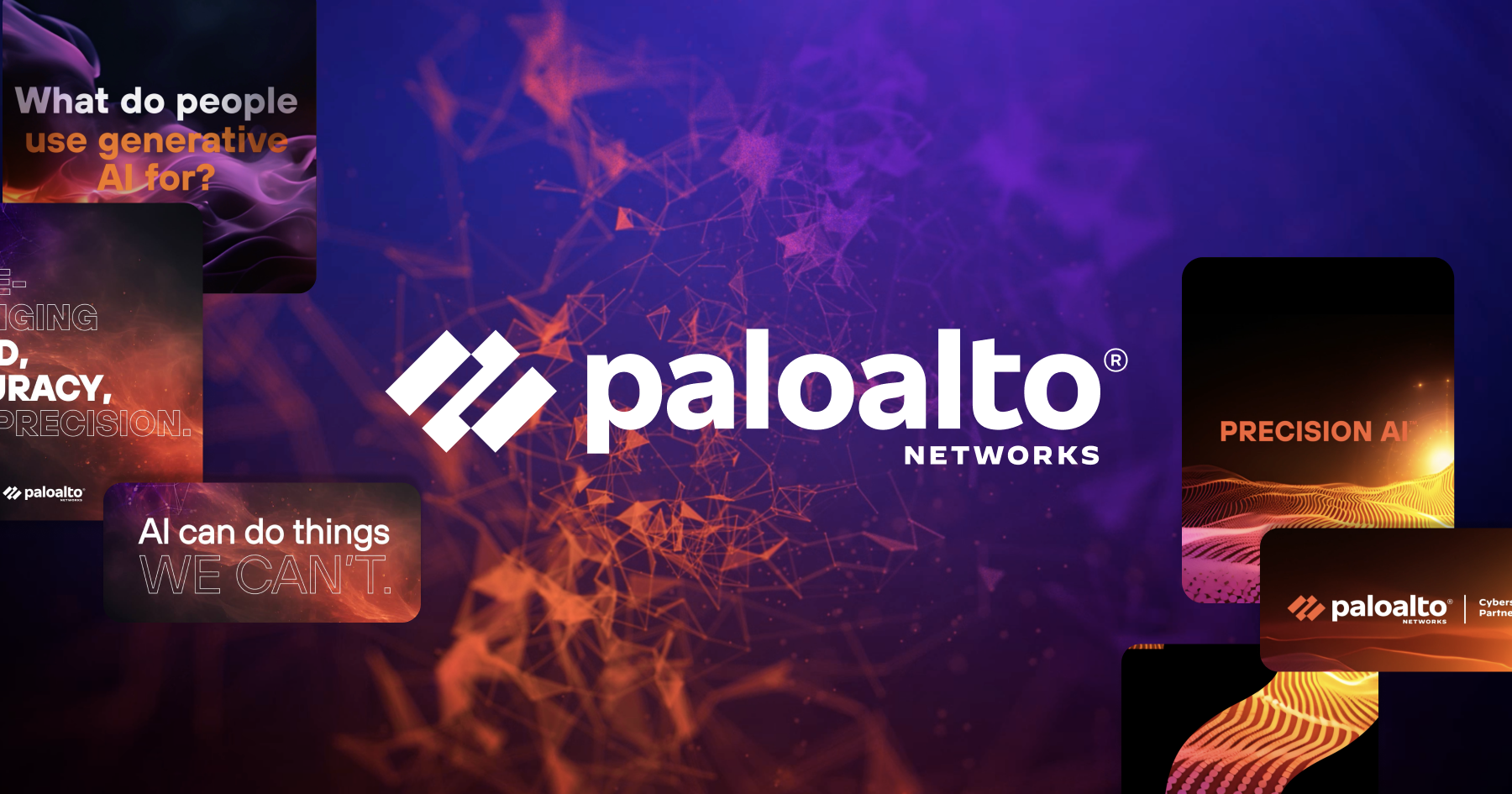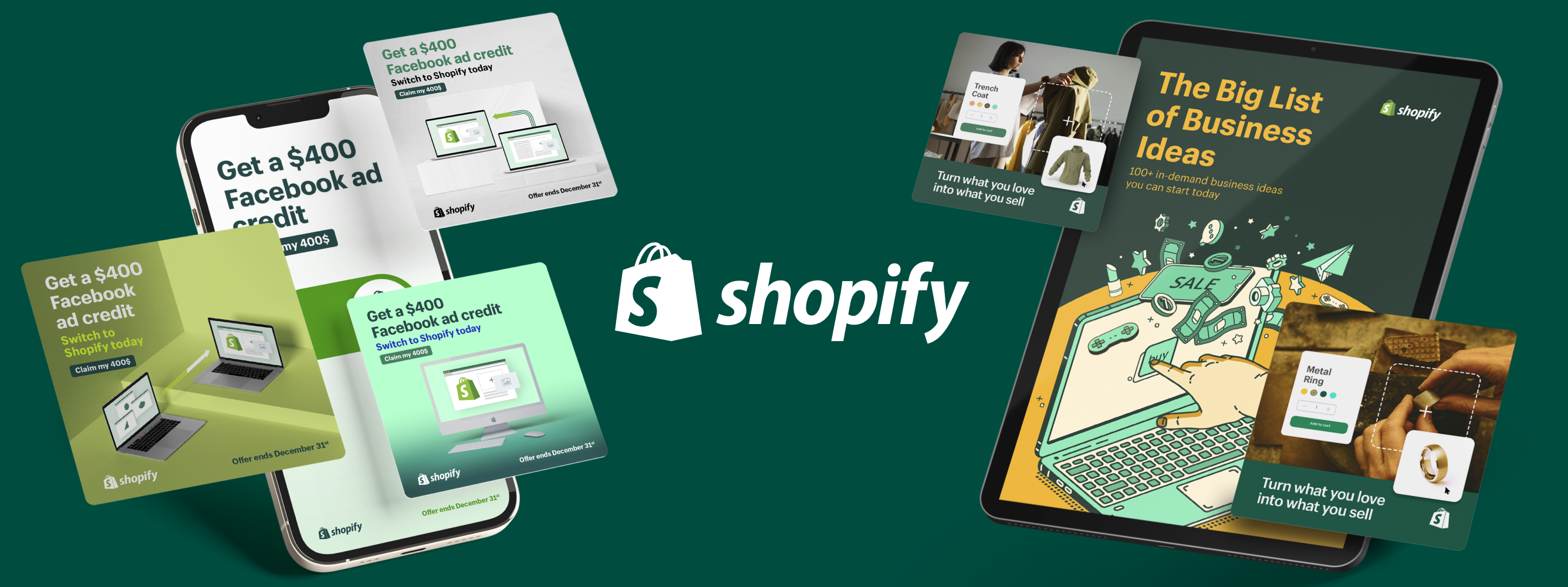Why You Need to Use Faces in Your Ads

Really, it’s a miracle anyone is clicking your ads. Think about it. This is what they’re up against:
- The average person sees an average of 10,000 ads each day.
- As a result, ads typically receive one-third of a second of someone’s time.
- The average person can only focus on and remember 4-7 things at once (fun fact: that’s why phone numbers are structured the way they are)
- The average person has 70,000 thoughts per day, so it’s easy to get lost in the shuffle.
Then there’s selective attention, which refers to the subconscious processes that allow us to focus on a particular input while suppressing irrelevant or distracting information. In marketing terms, banner blindness.
So, people are being hit with more ads than they’ll ever remember let alone notice, plus they’re hardwired to ignore anything that isn’t important.
So the question is…
How Do You Make an Ad “Important” Enough to be Noticed?
First, let’s define importance.
According to Harvard professor, Gerald Zaltman, 95% of our decision making is subconscious and revolves around survival.
No, that doesn’t mean you bought the newest iPhone because you’d die without it. Humans are social animals. For centuries we’ve relied on group cooperation and community to survive. You bought the newest iPhone for a lot of reasons, one of them being that 57% of global consumers also bought iPhones. We go where the group goes.
But how are you supposed to tap into that survival instinct with your ads? How can you appeal to this need for community, subconsciously, all within one-third of a second?
By showing faces.
Put on your lab coat and buckle up. I’m about to run through the science of why faces always have and always will work in advertising.
Psychology professor, David Alais, put it this way, “We are such a sophisticated social species, and face recognition is very important … You need to recognize who it is, is it family, is it a friend or foe? Faces are detected incredibly fast.”
Basically, we’re programmed to detect faces because it plays a role in our deep-rooted need to connect with others in order to survive.
Including a face in your ad is a way to hack that programming, forcing eyes to fall on your marketing and run an immediate analysis.
But does it work?
Proving the Effects of Faces in Advertising
In a study from the University of Salento, Italy, researchers presented pairs of ads selected by robots on the basis of likeness with one key difference: the inclusion of a face. They wanted to test the impact of faces on:
- Awareness: Which ad would be looked at first and focused on
- Recall: Which brands and ads would be remembered
- Preference: Which ads would people prefer
Participants were presented the pairs of ads and given a quest questionnaire first section asked which ad immediately grabbed their attention. Later, the second section listed a series of brands and asked participants to identify which ones had been shown in the ads they saw earlier. Then, they were given pictures of the ads and asked to identify the ones they had seen before. Lastly, participants went through the pairs again and were asked to choose the ads they preferred.
In the end, ads with faces performed better across the board:
- For 44 out of 48 ad pairs, face ads attracted more attention.
- 67% of the brands in face ads were remembered.
- 62% of the face ads were remembered.
- For 31 of the 48 pairs, participants preferred the ad with a face.
But there’s a twist!
Researchers then conducted the exact same study comparing ads without faces to ads with face-like imagery (pareidolian ads) and the results held up! We’re not just programmed to detect faces, we’re programmed to detect anything that looks like it could be a face.
So what does this mean? Faces and things that look like faces can be used to hack our subconscious and get by the defenses we have in place to ignore advertising. All while increasing attention, awareness, and recall.
But where should your faces be looking?
Psychologists at the University of Sussex answered that question in this study whcere they tracked the gaze of participants looking at two ads with faces. In one ad, the face looked back at the viewer while in the other, the gaze was directed at the promoted product.
Looking at both ads, researchers used heatmapping technology to track the eyes of participants. Results showed when the model’s gaze was directed at the product, participants didn’t just look at the product more, they were more engaged with the ad as a whole.
So how can you follow Intel and use faces to your advantage in advertising?
Step 1: Use faces to your ads, social posts, and other visual assets to get the attention of your audience.
Step 2: Direct your viewers eye to what’s important. Whether it’s a product image, a testimonial, or another selling feature, the face in your asset should be looking at the desired audience takeaway.
Step 3: Faces get eyes on your ads, but you still need strategic copy and dynamic design to keep them there. And amazing ad design is something Superside can help you with.
Trust Us: Faces Work in Our Ads!
If you’re still not convinced, I’ll leave you with this.
We took an animated ad that was already doing well and added a face and narration to it. These updates led to a 48% higher click-through rate and a 62% drop in co st per click. That means more clicks at a lower cost.
If your team is lacking the time and resources to face the fact that your ads aren’t performing up to their potential, Superside can lead the charge in designing assets for a brand-new campaign. We’ll pair your business with a team of expert ad designers who won’t just deliver quality ads, they’ll deliver them fast and hassle-free. That’s kind of what we’re known for.
You may also like these

The budget-boosting playbook: 6 creative stunts that amplified Gong’s brand
Every marketer wants to make an impact, especially when they’re working to launch a bold brand campaign.It’s a challenge that Udi Ledergor knows well. Ledergor is the Chief Evangelist and former Chief Marketing Officer at revenue intelligence leader Gong. During his time as CMO, Ledergor led the company from a new startup on the scene to becoming an industry leader.Taking a company from zero to millions of dollars in revenue is no easy feat. And even in large enterprises, where every marketing dollar is scrutinized, finding ways to maximize brand impact without overspending is more relevant than ever.So, how did he do it? Ledergor got creative by making bold bets to capture his audience’s attention while keeping Gong’s finance team in the black.Ledergor joined us in June for our INSIDER Virtual Summit, where he shared how marketers can use bold brand plays to create an outsized impact. From unexpected billboards to Super Bowl hacks, Ledergor reveals his playbook for making small bets feel like big brand moments.
10 best newsletter design services and platforms to use (2025)
Newsletters have evolved far beyond simple news updates. In 2025, they serve as strategic touchpoints in which enterprises share brand content, product news, thought leadership, customer stories and more.Open rates vary by industry, but numbers between 31% and 40% are standard, which makes newsletters one of the most effective ways to reach target customers. Yet, many teams struggle to achieve consistent newsletter success. This is no surprise when you consider that 61% of readers give your email eight seconds of their time. Another 23.5% will skim it for two to eight seconds. The rest? You’ve got under two seconds to pull them in. The subject line and visual design might be all they see.To be that one email your subscribers click on when they open their inboxes in the morning, you need more than a decent email template. You need thoughtful design concepts, brand consistency, excellent copy and good data that makes personalization easy.That’s where good support and outsourced email design come in. Keep reading to know the best design services and platforms for email newsletters in 2025.
12 top global ad creative agencies for enterprises in 2025
Demand for high-quality ad creative has never been higher. At the same time, new technologies and platforms create more avenues for scaling production and reaching new audiences.But this surge in opportunity brings the risk of burnout and unsustainable workloads for creative teams.Our recent “Overcommitted” report found that 76% of creative leaders or their teams have experienced burnout. Growing creative demand tends to outstrip enterprise teams’ capacity, and many teams lack the internal support to plug this gap.What’s more, traditional ad agencies often fail to meet enterprises’ high-volume creative needs, with only 13% of agency users reporting their partnership is truly effective.In 2025, AI-powered creative services—paired with strategic human oversight—offer a cost-effective solution for those in the know. Read on for a curated list of 2025’s top ad creative agencies and discover why Superside is a cut above the rest.








